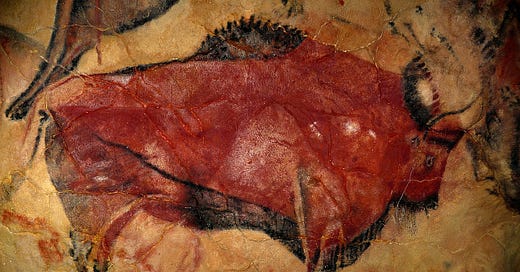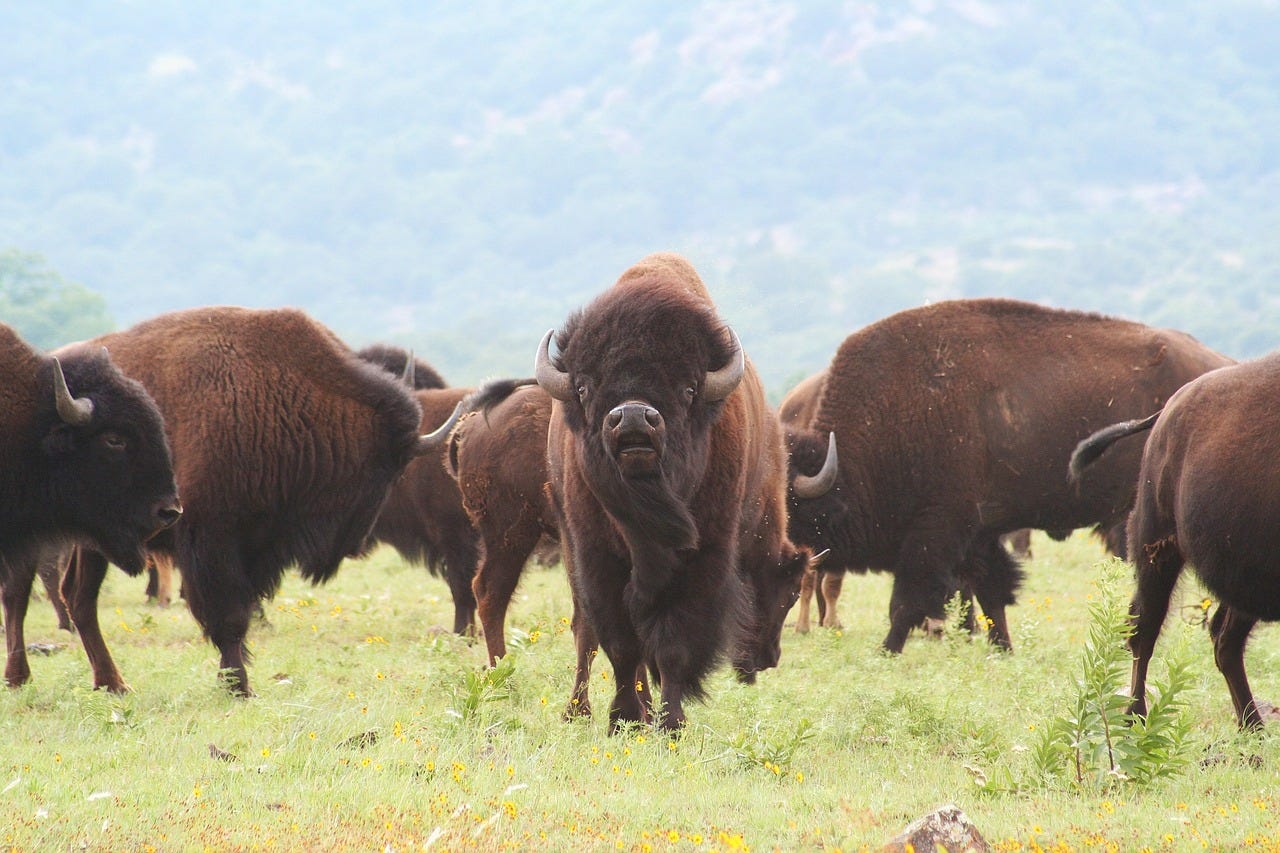Fragmented thinking and not understanding that all the dots join up is not helping us at all. We’ve got a big job on, stopping the causes of the numerous crises that confront us. I sometimes say, and I know it’s a bit trite, that Permaculture designers don’t plant trees, we plant systems. Yes … I know but it’s trying to make the point that we need to think in terms of ecosystems and not just concentrate on an individual element of a system.
Ecosystemic thinking isn’t just about forests and ocean and stuff it applies everywhere, from economic systems to transport networks to food production and so on. In economics we may talk about positive and negative externalities, when we use ecosystemic approaches we see that relationships are not so binary and involve many different forms of interaction like commensalism, parasitism and amensalism to name a few.
Binary thinking as opposed to ecosystemic thinking tends to give us binary solutions which don’t fit with an ecosystemic non-binary world. Such solutions can do more harm than good or at best work but are not as effective as they could be.
There are a lot of people rushing around proclaiming that, in order to “fight climate change” we must plant trees (which we do but not any old how). Some of these people understand that climatic forcing is a symptom but when this idea drops into the minds of those who have vested interests in preserving the status quo then the message becomes “business as usual and if we plant lots of trees everything will be ok".” Unfortunately this isn’t the case. We have to think broader and in a more sophisticated way, which shouldn’t be as complicated as it seems to be because we now have some pretty deep understandings about how stuff works.
Let’s take as an example of binary solutions the meat polemic. One thing that seriousy upsets people is when someone else, someone they don’t know, tells them that what they are doing is wrong. Getting slapped around the head with a T-bone and being told that ‘you’re destroying the planet’ leads to more than just indigestion and the waste of a steak. You get a good old knee jerk reaction and the meat eaters will tend to become more stuck in their ways. Now .. I’m not saying that eating meat is the best thing to do but for a vast number of people it’s not something they want to give up even though they may understand the need to reduce their intake.
Let’s take a less binary and more ecosystemic look at the whole thing. Forget for a moment the, too often, obscene ways we raise beef cattle (and chickens, ducks etc etc) and focus for a moment on the role of the big herbivores in any given ecosystem. They are an essential part of it and major players in how the ecosystem evolves and thrives. A recent study using satellite data has shown that wilderness areas with a good population of wild macro-herbivores have much higher higher diversities of tree cover when compared to areas with low numbers of these big animals. Diversity, in ecological (and social terms) is a good thing as all the various living and non-living bits of the ecosystem build more complex interdependencies and the whole thing is more resilient. We get much richer habitats that support a wider variety of flora and fauna and they resist existential shocks much better than low diversity areas, in general.
Let’s shine a spotlight on Wisent which, as you probably know, is the European bison, Bison bonasus. Their herd behaviour is often described as ‘matriarchal’ which may explain why they were hunted almost to extinction, there are about 5 in the UK but many more in other countries, that said “many more” doesn’t really mean “many” the biggest herd is in Poland and numbers around 2,269 animals which is very many fewer than back in the good old days. They are predominantly grass eaters which should immediately make anyone who lives in a wildfire risk area sit up and pay attention and humans have been eating them for millennia.
We must rewild and plant back forests and the study I cited above reinforces the idea that we also need to reintroduce the big herbivores that once gavotted around the place playing a major role in the forest and prairie ecosystems. We will end up with more resilient, species rich environments and the good old herbivores will eat the combustible material that feeds wildfires.
‘What about my steak?’ I can already hear the knees jerking. In this type of ecosystemic approach wilderness areas adjoin semi-wild areas that adjoin small scale mixed agro-sylvo-pasturalist areas. The pasturalist bit means that there are animals in the system being raised for meat, unlike the many horrendous systems we have today, these animals are living a lifestyle that isn’t too dissimilar to their wild ancestors. All of that said a lot of people are going to have to reduce the amount of meat they eat but the flip side of this is that the meat they do it will be of much higher quality, taste better, be free of antibiotic and hormone residues and the cattle will be helping us improve the resilience and diversity of our grazed areas.
I really quite like the idea of having these magnificent animals roaming the old, newer and soon to be planted new forests. Not only for their positive impact on the system but also simply for their wildness, it would also mean that pet dogs would have something else to yap at rather than me trying to quietly eat a (vegetarian) sandwich.






